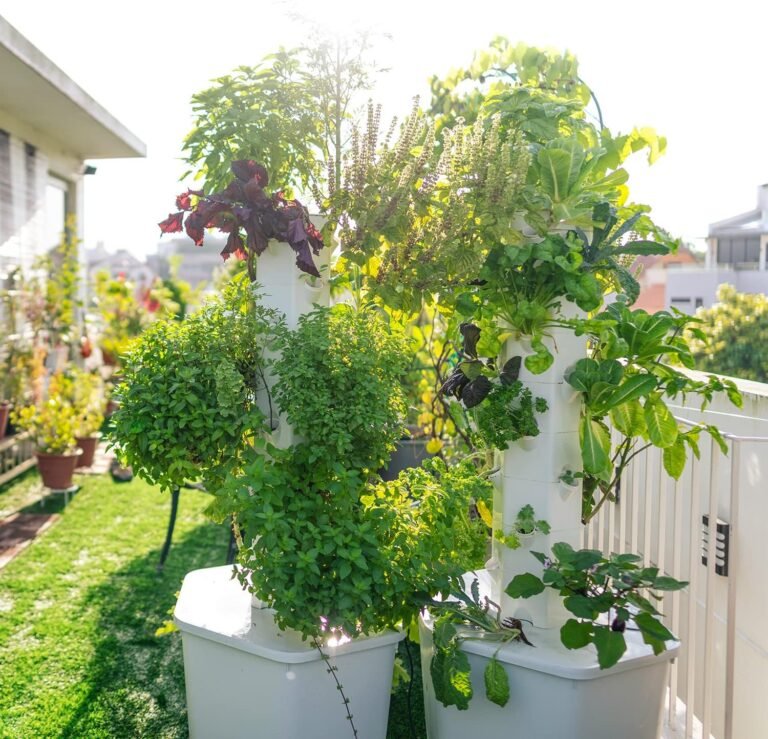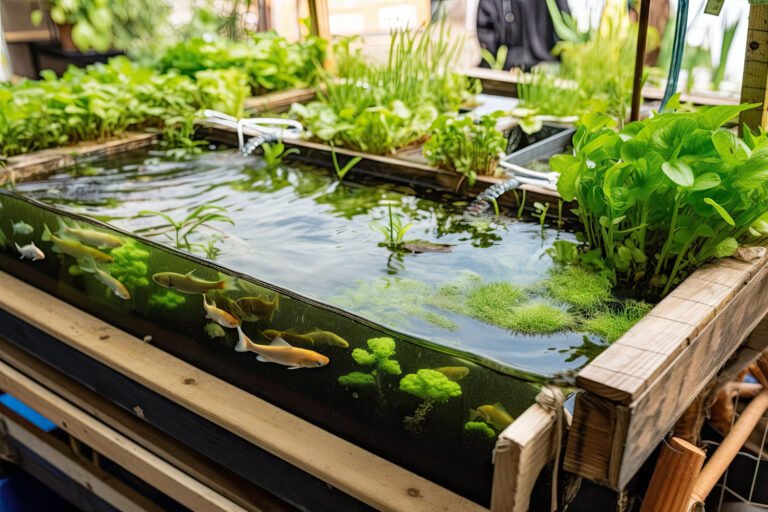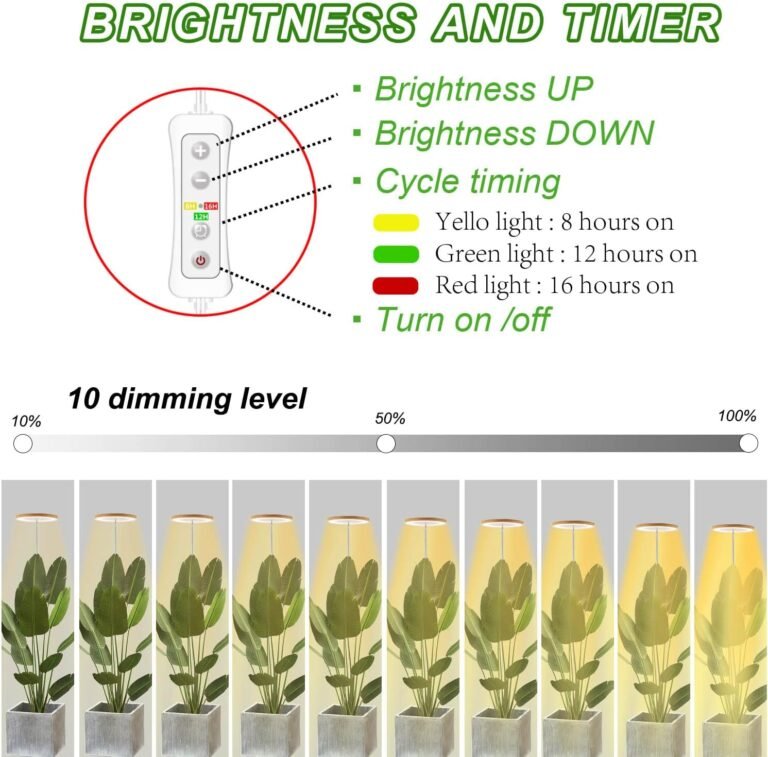Overview
What is a small-scale aeroponic system?
A small-scale aeroponic system is a type of hydroponic system that uses mist or fog to deliver nutrients and water to the plant roots. Unlike traditional hydroponics systems that use a growing medium like soil or water, aeroponic systems suspend the plant roots in the air, allowing them to absorb nutrients directly from the mist. This method of growing plants has gained popularity in recent years due to its efficiency and space-saving benefits. According to the Aeroponics Market Size Growth report, the global aeroponics market is expected to experience significant growth in the coming years. Small-scale aeroponic systems are ideal for home gardeners and small-scale growers who want to maximize their plant yield in limited space. These systems are also known for their ability to conserve water and nutrients, making them an environmentally friendly choice for sustainable agriculture.
Advantages of using small-scale aeroponic systems
Small-scale aeroponic systems offer numerous advantages that make them an attractive option for both experienced gardeners and beginners. One of the key advantages is their ability to feed a sustainable future. These systems use significantly less water compared to traditional soil-based gardening, making them more environmentally friendly. Additionally, the controlled environment of aeroponic systems allows for optimal nutrient absorption, resulting in faster growth and higher yields. With small-scale aeroponic systems, you can enjoy fresh and healthy produce right at your fingertips.
Common problems encountered in small-scale aeroponic systems
When operating a small-scale aeroponic system, it is common to encounter various problems that can affect the overall health and productivity of your plants. These problems can range from clogged nozzles to nutrient imbalances and pest infestations. Understanding how to troubleshoot these common issues is essential for maintaining a successful aeroponic system. By addressing these problems promptly, you can ensure that your plants thrive in this innovative method of urban horticulture.
Setting Up the System

Choosing the right location
When it comes to choosing the right location for your small-scale aeroponic system, there are a few key factors to consider. First, you’ll want to find a spot that receives adequate sunlight throughout the day, as this is essential for the growth of your plants. Additionally, it’s important to select an area that is protected from strong winds, as these can cause damage to your delicate plants. Lastly, make sure the location is easily accessible for maintenance and monitoring. By taking these factors into account, you can ensure that your aeroponic system thrives in its new home!
Selecting the appropriate plants
When selecting the appropriate plants for your small-scale aeroponic system, it’s important to consider their specific needs and growth requirements. Some plants may thrive in aeroponic systems, while others may not be suitable. Factors such as light requirements, nutrient needs, and root structure should be taken into account. Additionally, considering the growth rate of the plants is crucial to ensure that they do not overcrowd the system and impede each other’s plant growth. It’s also a good idea to choose plants that are resistant to common pests and diseases, as this can help prevent potential problems in the future. By carefully selecting the appropriate plants, you can create an optimal environment for their growth and maximize the benefits of your small-scale aeroponic system.
Setting up the necessary equipment
Now that you have chosen the right location and selected the appropriate plants, it’s time to set up the necessary equipment for your small-scale aeroponic system. This step is crucial in ensuring the success of your system. Here are some key components you will need:
-
Reservoir: This is where the nutrient solution is stored. Make sure it is clean and properly sized for your system.
-
Pump: The pump is responsible for circulating the nutrient solution through the system. Choose a reliable and efficient pump.
-
Nozzles: These are used to spray the nutrient solution onto the plant roots. Ensure that the nozzles are clean and not clogged.
-
Timer: A timer is essential for automating the watering cycles. Set it up according to the needs of your plants.
-
pH and EC meters: These meters are used to monitor the pH level and electrical conductivity of the nutrient solution. Regularly check and adjust these levels for optimal plant growth.
By setting up these necessary equipment, you will be well on your way to a successful small-scale aeroponic system!
Troubleshooting Common Problems

Clogged nozzles
Clogged nozzles are a common problem in small-scale aeroponic systems that can disrupt the flow of nutrient-rich water to the plants. This can lead to stunted growth and nutrient deficiencies. To troubleshoot clogged nozzles, start by checking the water supply for any debris or sediment that may be causing blockages. Clean the nozzles regularly to prevent buildup and ensure a steady flow of water. If the problem persists, consider using a filtration system to remove any impurities from the water. Regular maintenance and monitoring can help prevent clogged nozzles and keep your aeroponic system running smoothly.
Nutrient imbalances
Nutrient imbalances can occur in small-scale aeroponic systems and can have a negative impact on the health and growth of your plants. It is important to maintain the right balance of nutrients to ensure optimal plant development. One common cause of nutrient imbalances is the improper mixing of nutrient solutions. Living in Space This can lead to an excess or deficiency of certain nutrients, which can result in stunted growth or nutrient burn. Regularly monitoring and adjusting the nutrient levels in your system is crucial to prevent nutrient imbalances. Additionally, it is essential to provide your plants with a diverse range of essential nutrients to support their overall health and vitality. This can be achieved by using a high-quality nutrient solution and regularly testing the pH and nutrient levels in your system. By addressing nutrient imbalances promptly, you can ensure that your small-scale aeroponic system continues to thrive and produce healthy, vibrant plants.
Pest infestations
Dealing with pest infestations can be a frustrating experience in your small-scale aeroponic system. However, there are several methods you can employ to effectively control and manage these pests. One methodological tool for sustainability is the use of beneficial insects, such as ladybugs or lacewings, which can help control common pests like aphids or spider mites. Another approach is to regularly inspect your plants for any signs of pest damage and promptly remove any affected leaves or stems. Additionally, you can use organic pest control products, such as neem oil or insecticidal soap, to target specific pests. By implementing these strategies, you can maintain a healthy and pest-free aeroponic system.
Conclusion

Tips for maintaining a healthy small-scale aeroponic system
To maintain a healthy small-scale aeroponic system, there are a few key tips to keep in mind. First, regularly check and clean the nozzles to prevent clogs and ensure a steady flow of nutrient solution. Second, monitor and adjust the nutrient balance in the system to provide the necessary elements for plant growth. Finally, be vigilant for signs of pest infestations and take appropriate measures to control them. By following these maintenance practices, you can ensure optimal performance and boost agricultural productivity in your small-scale aeroponic system.
Benefits of troubleshooting common problems
By troubleshooting common problems in your small-scale aeroponic system, you can ensure that your green wall system continues to thrive. Identifying and resolving issues such as clogged nozzles, nutrient imbalances, and pest infestations will help maintain the health and productivity of your plants. Regular troubleshooting also allows you to fine-tune your system, optimizing its performance and efficiency. With a well-maintained aeroponic system, you can enjoy the benefits of fresh and pesticide-free produce right at home.
Final thoughts
In conclusion, troubleshooting common problems in small-scale aeroponic systems is essential for maintaining a healthy and productive system. By addressing issues such as clogged nozzles, nutrient imbalances, and pest infestations, you can ensure that your plants receive the necessary care and nutrients they need to thrive. Additionally, regularly monitoring and adjusting the system will help prevent future problems from occurring. Remember to follow any regulations and guidelines set forth by the Cannabis Act if you are growing cannabis in your aeroponic system. Overall, with proper troubleshooting and maintenance, your small-scale aeroponic system can provide you with a sustainable and efficient way to grow plants.
In conclusion, Grow Plant Ponics is your go-to resource for all your hydroponics and aquaponics needs. Whether you’re a beginner looking to start your own indoor garden or an experienced grower wanting to expand your knowledge, we have the products, recommendations, and expertise to help you succeed. Visit our website today to explore our favorite brands and find the perfect solutions for your growing needs. Don’t miss out on the opportunity to join our thriving community of plant enthusiasts. Start growing with Grow Plant Ponics and experience the joy of cultivating your own plants in a sustainable and efficient way.







